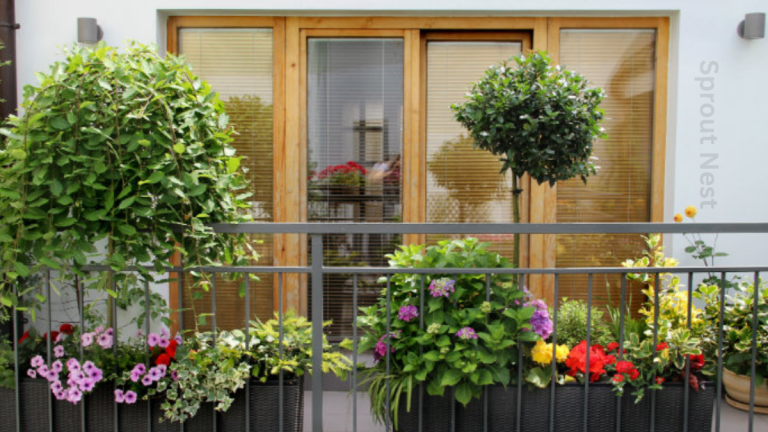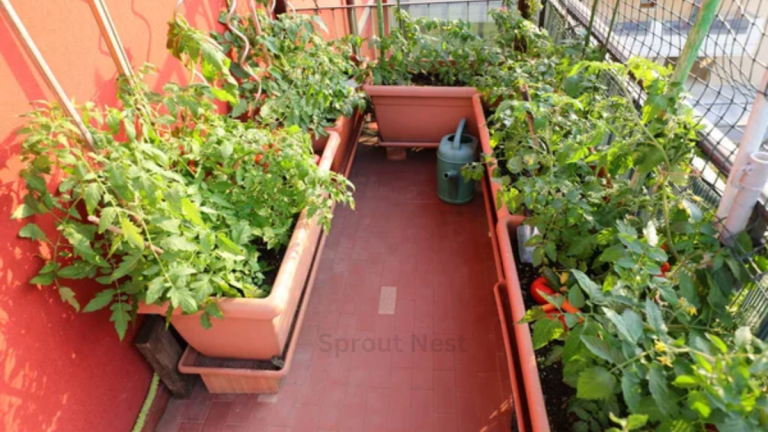Growing your own vegetables on a balcony is not only possible—it’s incredibly rewarding. As a garden expert helping first-time growers across cities, I’ve seen just how effective small-space vegetable gardening can be. Here’s how you can do it confidently.
1. Check Light Conditions
Most vegetables need at least 5–6 hours of sunlight daily. South or west-facing balconies are ideal. If your balcony gets less light, go for leafy greens like spinach or lettuce, which tolerate shade better.
2. Choose the Right Containers
Use pots that are deep enough for root growth and have drainage holes. For most veggies, containers that are 10–12 inches deep work well. Fabric grow bags, buckets, and recycled crates also do the job.
3. Select Easy Vegetables for Beginners
Start with low-maintenance veggies like:
- Cherry tomatoes
- Chillies
- Spinach
- Radish
- Lettuce
- Coriander & mint
These grow quickly and don’t need much space.
4. Use High-Quality Soil
Go for a light, airy potting mix enriched with organic compost. Good soil ensures healthy root growth and better harvests.
5. Water Consistently
Balcony plants dry out faster than ground gardens. Water early in the morning or late in the evening. Always check if the top layer of soil is dry before watering again.
6. Feed Your Plants
Use liquid organic fertilisers every 10–15 days to keep your vegetables growing strong. Kitchen compost or vermicompost are great options.
7. Maximise Space
Use vertical shelves or hanging pots to grow more in less space. Creepers like beans or cucumbers can be trained to climb railings or trellises.
Growing a balcony vegetable garden is a step towards healthier eating and a greener lifestyle. Start small, learn along the way, and soon you’ll be harvesting fresh veggies just steps from your kitchen!


